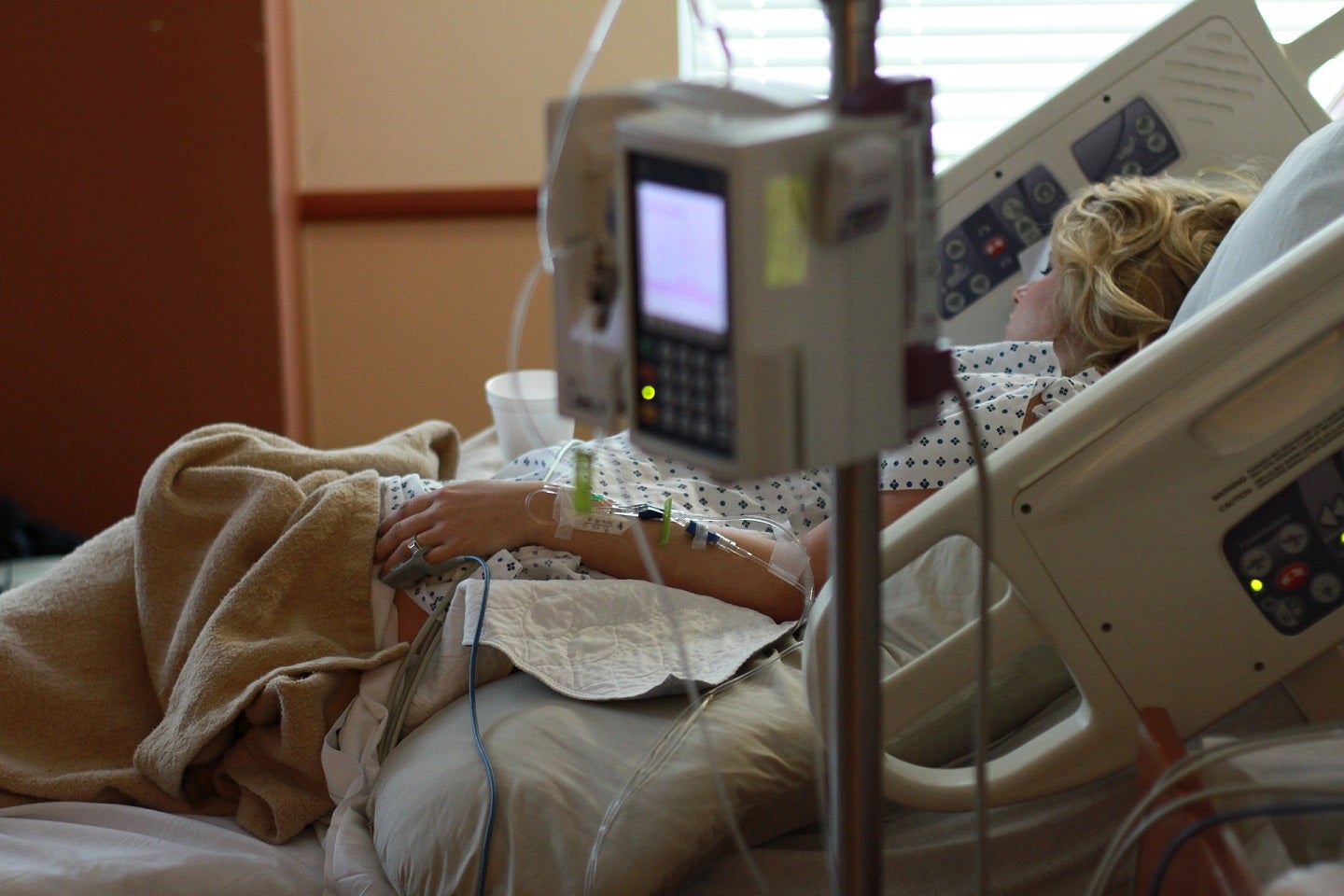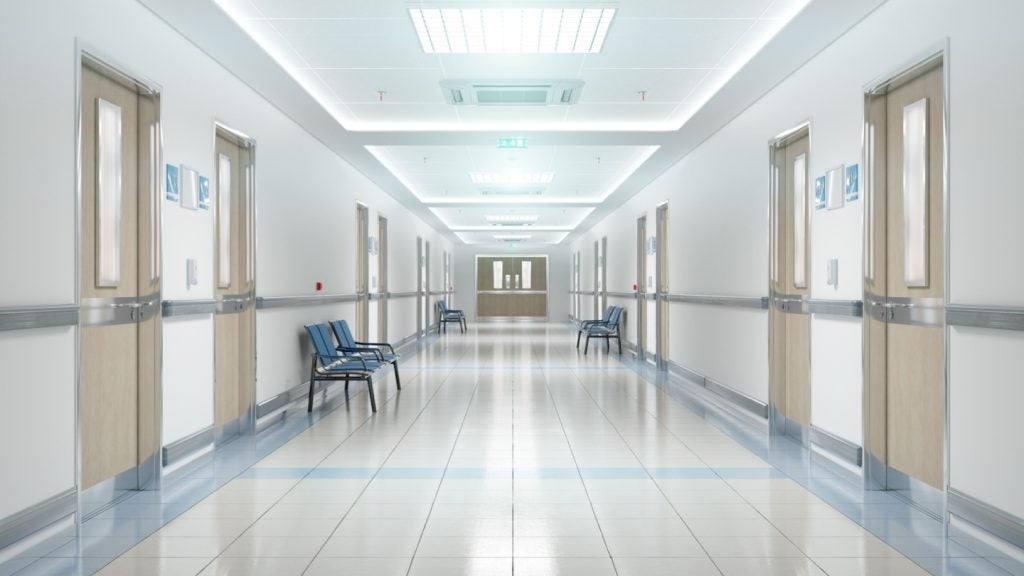
The NHS has attained its goal of adding a further 5,000 permanent beds to cope with the projected spike in Covid 19 and flu admissions this winter.
Data released on 25 January 2024 indicates that the previous week, hospitals across England recorded an average of 99,750 core beds available each day, marking an increase of 2,000 beds since the beginning of the year.
Despite this expansion, the NHS is facing rising demand due to seasonal pressures.
The NHS’ urgent and emergency care recovery plan had set a target of 5,000 ‘core’ beds to enhance the availability of permanent, staffed, and sustainable beds, as opposed to temporary escalation beds.
The additional beds have raised the total number of general and acute beds to 103,277, which is over 1,800 more than the same period last year.
However, bed occupancy remains high, with over 2,000 more patients hospitalised each day compared to last winter. As of 21 January, the bed occupancy rate was at 95.7%, according to the data.
How well do you really know your competitors?
Access the most comprehensive Company Profiles on the market, powered by GlobalData. Save hours of research. Gain competitive edge.

Thank you!
Your download email will arrive shortly
Not ready to buy yet? Download a free sample
We are confident about the unique quality of our Company Profiles. However, we want you to make the most beneficial decision for your business, so we offer a free sample that you can download by submitting the below form
By GlobalDataAdditionally, norovirus cases remain elevated, with an average of 438 daily hospitalisations last week.
COVID-19 also continues to be a concern, with an average of 3,888 patients hospitalised each day last week, as per separate figures.
One year after the implementation of the urgent and emergency care (UEC) recovery plan, the NHS has introduced new operational methods and increased capacity.
This includes the use of same day emergency care centres, urgent community response teams, over 200 acute respiratory infection hubs, and the early achievement of the 10,000 virtual ward beds target.
NHS CEO Amanda Pritchard said: “A year ago we launched our Urgent and emergency care recovery plan, setting out how we planned to improve patient experience by boosting capacity with thousands more beds, new ambulances, and the expansion of measures like our world-leading virtual ward programme, community response teams and care ‘traffic control centres’.
“Today’s figures show that thanks to the remarkable hard work of NHS staff, we have now rolled out an additional 5,000 extra ‘core’ beds – permanent, staffed beds – which, alongside the other measures in our plan, are helping the NHS better manage increased winter pressures, significant demand, and rising numbers of patients with seasonal viruses.”







